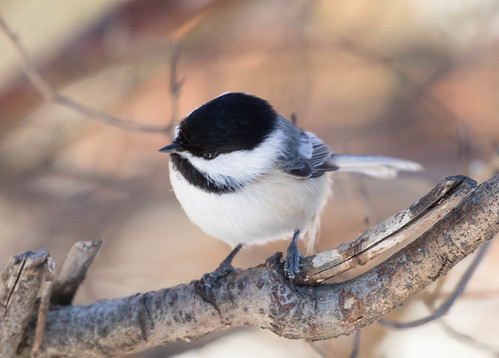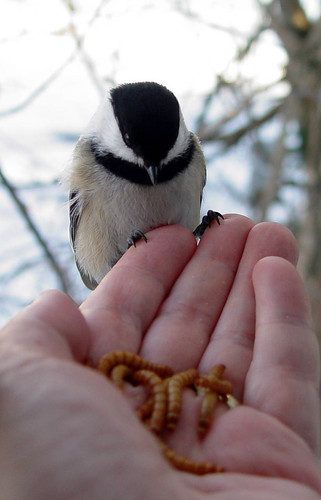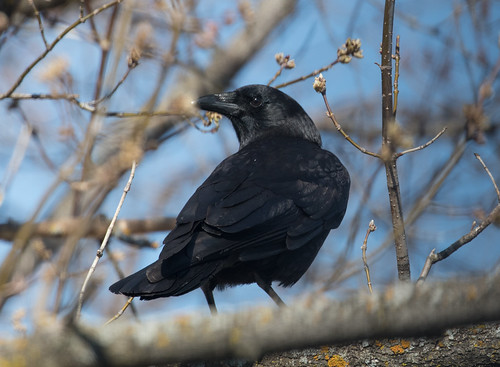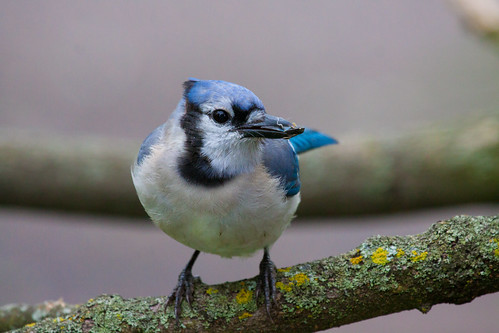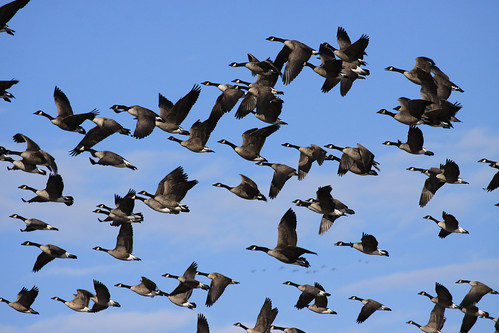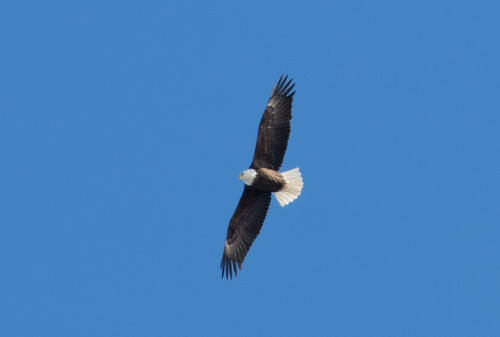Wednesday, January 2, 2019
First Bird of 2019
On January first, I just happened to be looking out at a spectacular sunrise when there came a rapping, came a tapping at my chamber door. Well, not exactly--the sound was simply coming from another window. And there was my first bird of the day, insisting that I hold out my hand in the sub-zero temperatures to give it live mealworms for its New Years breakfast. Of course I obliged, so my first bird of 2019 was not only seen and heard but literally felt, its cold little toes clutching my fingers confidingly as it grabbed two mealworms. It feasted in a nearby spruce and was back in less than a minute with a beseeching “Please, sir, I want some more” look. This time it flew off with three.
If I’ve had one constant wish over the years as far as my first bird of the year goes, it’s hoping for it to be a Black-capped Chickadee. And if I have one constant pleasure with chickadees, it’s the lovely way some of them come to trust me and take food from my hands. So 2019 started out making me feel rich and satisfied.
A time-honored tradition among birders is reporting our first bird of the New Year, and I like to come up with scenarios for the coming year based on that first bird. For example, a chickadee could signify a year filled with good cheer and equanimity in facing any hardships; a crow could portend a year marked by intelligence and warm family ties.
Seeing a Blue Jay first might mean you’re going to use both intelligence and a spunky attitude to face the coming days.
Canada Geese are all about travel and convivial gatherings with friends and relatives.
American Coots might predict a year filled with friends and delicious vegetarian meals—of course, geese are pretty much vegetarians, too.
These kinds of predictions have every bit as much scientific validity as any other form of fantasy, but what my prognostications lack in reality they make up for in tradition. Our word augury comes from a term specifically referring to the ancient practice of divination by means of birds. Birds were among the sacrificial creatures whose entrails were laid out for augurs to interpret. An auspex referred to a person who watched living birds to predict the future. That’s where the word auspicious comes from.
Few cultures in today’s world hold a firm belief in augury, yet even educated people in modern societies take comfort in thinking that birds somehow communicate with the dead or that someone who died is somehow taking wing with the birds. At my mother-in-law’s memorial service last week, the minister said she’d seen a Bald Eagle that morning and asked if anyone else had seen an eagle that day—several people in the congregation raised their hands, including me.
The eagle I’d observed was flying over the highway toward the lake, maybe traveling between a dead deer along a county road and fish entrails along the shore. From sunrise to sunset, a Bald Eagle’s day is focused on eagle matters—finding and consuming food, resting, maybe checking out how the nest it’ll be using come spring is faring after a winter storm, and activities we mere humans don’t understand. When our path intersects that of an eagle, we like to think it holds some meaning for us personally, but cannot even fathom whether the eagle takes notice of us or makes predictions about its own future based on what species of mammal it saw first on whatever day an eagle might think begins its annual cycle.
I know the Bald Eagle I saw in Port Wing on December 26th wasn’t in the least bit thinking about my mother-in-law, much less carrying her spirit aloft, but it’s lovely to imagine her finally taking wing after her awful final months, just like it’s lovely to think that my new year will be filled with a chickadee’s good cheer and convivial ways. Imagining a happy future and the souls of our loved ones flying free is no more or less reasonable or fact-based than most pessimistic predictions, and no less likely to be fulfilled than, say, our new year’s resolutions, at least based on my past experience. As long as we understand the difference between reality and fantasy, indulging in predictions based on birds is a time-honored human tradition that really can lift our spirit. After all, we’re only human.
